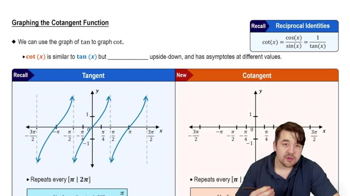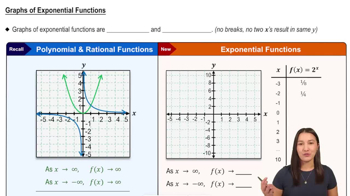Textbook Question
Evaluate each limit.
lim x→e^2 ln^2x−5 ln x+6 lnx−2
 Verified step by step guidance
Verified step by step guidance Verified video answer for a similar problem:
Verified video answer for a similar problem:



 5:21m
5:21mMaster Finding Limits by Direct Substitution with a bite sized video explanation from Patrick
Start learning